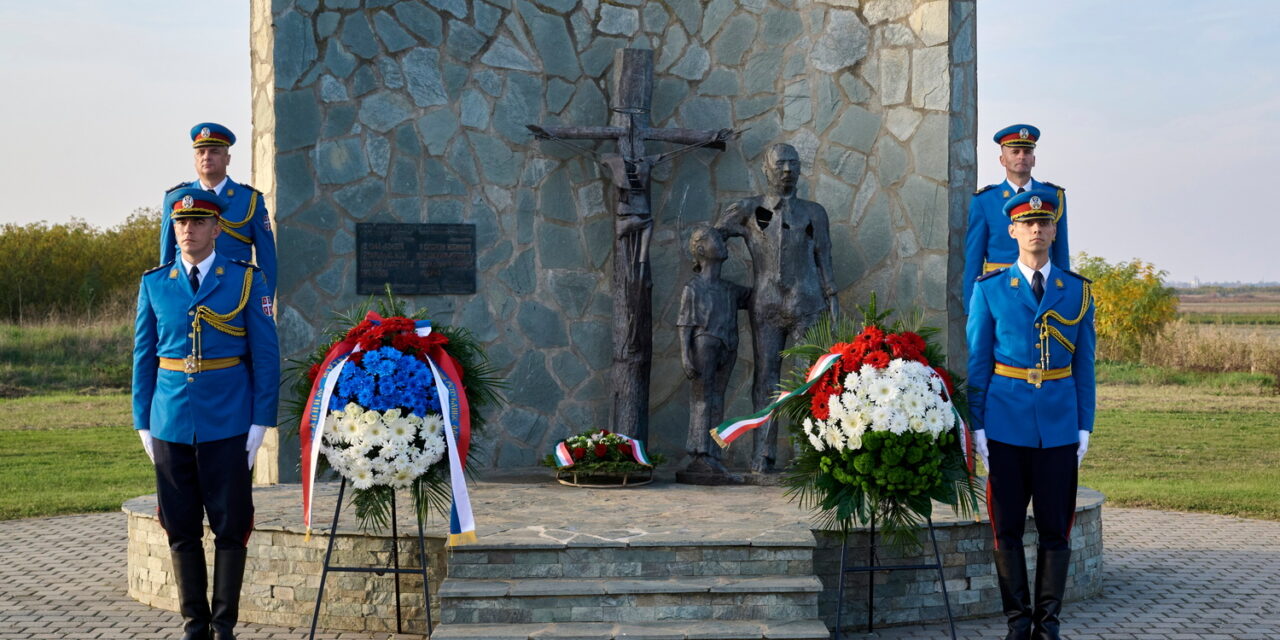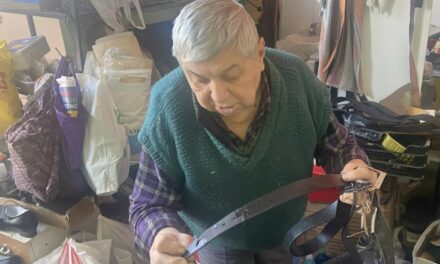" Was it easy? It wasn't. And it's not today either. After centuries and decades of disagreement and sometimes hatred, it is not easy to get to the point where we not only respect, but also support each other, feel mutual commitment, and sometimes even love between the two peoples. It takes a lot of effort, a lot of energy and a lot of good will to achieve this ," said the Serbian president.
According to his wording, after the end of his presidential mandate, he would like his political legacy to be this reconciliation,
a country where there is no need to draw attention to the fact that signs in Hungarian-inhabited settlements must also be written in Hungarian. According to him, only such a policy leads to results, and this result is peace, good neighborly relations and friendship. He also drew attention to the fact that Serbia does not have a closer or greater ally or friend in Europe than Hungary.
In his speech, Aleksandar Vucic also addressed the political legacy of the late István Pásztor, which he exemplified with an anecdote. He said that when traffic started on the first section of the Budapest-Belgrade railway line between Belgrade and Újvidék, they sat together on the train, and István Pásztor said "if we had done nothing else, we would have done a lot."
According to Aleksandar Vucic, it was István Pásztor who "put" the Serbs and Hungarians on that high-speed train, the train of "different relations between Serbs and Hungarians, between Serbia and Hungary, and we cannot switch from this high-speed train to services that are 26 kilometers per hour they drive at speed ".
The Serbian president expressed his concern about the events taking place in the world, and said that in the midst of all this, he only has the hope that Hungarians and Serbs, as well as other peoples, will understand together how important peace is, and will therefore work together for peace. to struggle.
" As long as I am involved in politics, as long as I am in this position, I will do everything to ensure that no one can damage our relations, that no one interferes, and I will also take care of the rights of the Hungarians ," said the Serbian president, who added, he does not like to talk about minority rights, because in his opinion, national minorities have the same rights as the majority, since they are no different.
" If something bad happens in the country, it's equally bad for everyone, and if something happens, it should be equally good for everyone, " he explained. Before the consecration of the church, the Serbian and Hungarian presidents jointly paid their respects to the memory of the innocent Hungarian and Serbian victims executed during and after the Second World War.
After the German invasion of Yugoslavia in the Second World War, in April 1941, the South came under Hungarian rule.
Around 3-4 thousand people, mainly Serbs and Jews, lost their lives in partisan hunting raids carried out by the Hungarian army and gendarmerie formations in Újvidék and its surroundings at the beginning of 1942.
Two and a half years after the "cold days" of 1942, during the Yugoslav military administration from October 17, 1944 to February 1, 1945, it is estimated that at least 20,000 Hungarians from the southern region died in retaliation by Tito's partisans. The scene of the bloodiest events was Csúrog, Mozsor and Zsablya, where almost the entire Hungarian population was exterminated.
The survivors were taken on foot to the concentration camp in Jarek, where they had to spend six to eight months. Thousands died of deprivation, the survivors were never able to return to their homes. It was not even possible to talk about what happened until 1990.
In 2014, after seven decades, the Serbian government repealed the decision declaring the collective guilt of the Hungarian population of the three Vojvodina settlements, Csúrog, Mozsor and Zsablya. The memorial to the victims was erected in Csúrog in 2013, at which time Hungarian President János Áder and then Serbian President Tomislav Nikolic also bowed their heads to those who were innocently executed during and after the Second World War.
MTI
Front page photo: In the photo published by the Sándor Palace, the Battered Christ statue group in Csúrog, which was crowned by Hungarian President Tamás Sulyok and Serbian President Aleksandar Vucic on October 28, 2024.
MTI/Sándor-palota/Gyula Bartos













